(PLVN) - The master plan for the development of the Ca Mau Cape National Tourist Area by 2030 aims to develop the planned area into a national tourist area, an attractive destination for Ca Mau province and the Southwest region. Typical tourism products are associated with mangrove ecotourism, culture of the Mekong Delta, and island tourism...
The Ministry of Construction has just organized a Council to appraise the Master Plan for the construction of Mui Ca Mau National Tourist Area to 2030, with a vision to 2050.
According to the Draft, the Master Plan for the construction of Mui Ca Mau National Tourist Area until 2030, with a vision to 2050, covers the area of Ngoc Hien and Nam Can districts. Of which, the majority of the area is located in Ngoc Hien district, with a scale of 20,100 hectares, established for the short-term period until 2030, and the long-term period until 2050.
This planning viewpoint is consistent with the Master Plan for the development of Ca Mau Cape National Tourist Area to 2030; Ca Mau Provincial Planning for the period 2021 - 2030, with a vision to 2050; along with other relevant legal regulations.
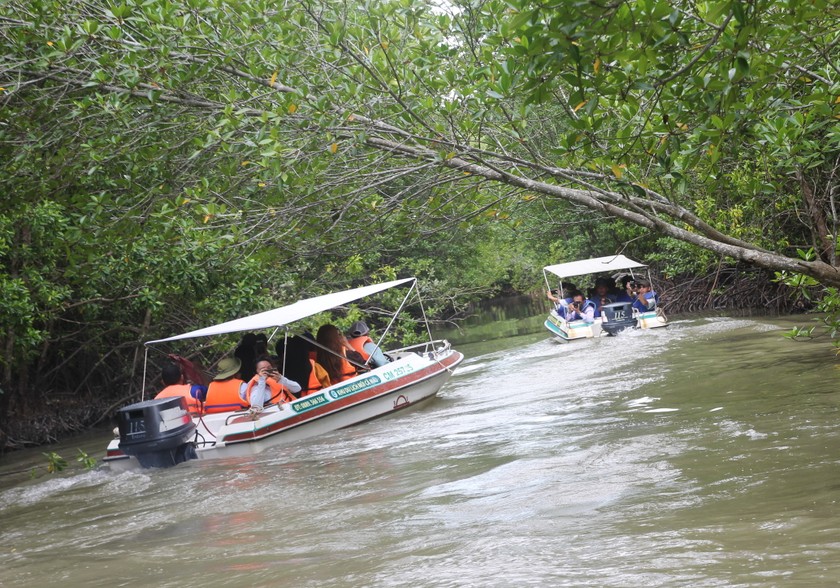 |
Ca Mau Cape National Tourist Area is associated with mangrove ecosystem. |
The plan aims to develop the Ca Mau Cape National Tourist Area on the basis of effectively exploiting tourism resources, forming suitable products and services associated with the "green, sustainable" factor and values with the cultural and ecological characteristics of the area... bringing about socio-economic efficiency, environmental protection, responding to climate change and preventing natural disasters; ensuring security and national defense.
“The master plan for the construction of the Mui Ca Mau National Tourist Area must ensure the connection of space, products and services with destinations in Ca Mau province, the Mekong Delta region and the center of Ho Chi Minh City on the principle of creating a product chain, limiting unnecessary competition and duplication of products and services... at the same time, creating a system of interconnected tourist routes connecting Mui Ca Mau Tourist Area with other tourist destinations in the Mekong Delta.
The proposed planning orientations are feasible, suitable for each development stage and local socio-economic conditions, optimally exploiting marine and forest tourism resources. In particular, promoting the upward development of society, increasing the mobilization of domestic and foreign resources to invest in the Ca Mau Cape National Tourism Area in the future", quoted from the Draft.
Also according to the Draft, the Master Plan for the Development of the National Tourist Area of Ca Mau Cape to 2030 aims to develop the planned area into a national tourist area, an attractive destination for Ca Mau province and the Southwest region. Typical tourism products are associated with mangrove ecotourism, culture of the Western river region, sea and island tourism... At the same time, connecting with other tourist destinations and tourist areas in the province and the Mekong Delta region to develop the planned area into a national tourist area, a destination for the Mekong Delta region and the whole country. Thereby, effectively promoting the unique resource values, preserving and promoting the values of the area associated with economic development, and exploiting sustainable tourism.
Mr. Tran Hieu Hung - Director of the Department of Sports and Tourism of Ca Mau province said: "The draft Master Plan for the construction of the Ca Mau Cape National Tourism Area to 2030, with a vision to 2050, demonstrates the sacred cultural and historical values of the southernmost land of the Fatherland; consistent with the Provincial Planning, the Mekong Delta Tourism Planning and the National Tourism Planning; creating a distinctive difference and harmonious connection in the region"...
The Master Plan for the construction of the Mui Ca Mau National Tourist Area predicts that by 2030, the Mui Ca Mau National Tourist Area will attract about 2.8 million tourists (accounting for nearly 60% of the total number of tourists in the province, about 4.7 million) and by 2050, about 5.5 million. Total revenue from tourism will reach 7,500 billion VND in 2030, and 15,000 billion VND by 2050.
Source: https://baophapluat.vn/quy-hoach-khu-du-lich-quoc-gia-mui-ca-mau-gan-voi-sinh-thai-rung-ngap-man-post529040.html


![[Photo] Prime Minister Pham Minh Chinh chaired a meeting of the Steering Committee on the arrangement of public service units under ministries, branches and localities.](https://vphoto.vietnam.vn/thumb/1200x675/vietnam/resource/IMAGE/2025/10/06/1759767137532_dsc-8743-jpg.webp)


![[Photo] Prime Minister Pham Minh Chinh chairs a meeting of the Government Standing Committee to remove obstacles for projects.](https://vphoto.vietnam.vn/thumb/1200x675/vietnam/resource/IMAGE/2025/10/06/1759768638313_dsc-9023-jpg.webp)




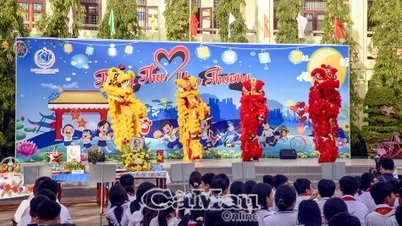

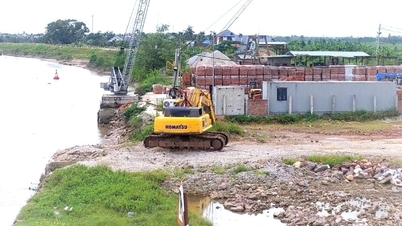


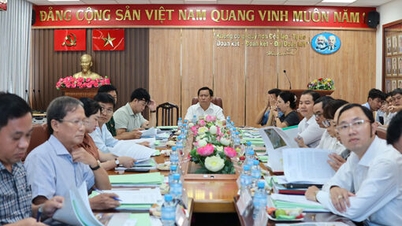

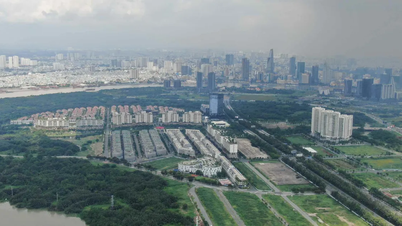


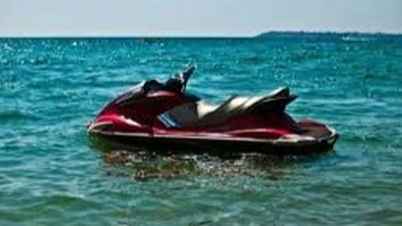
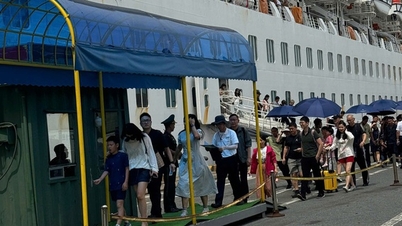



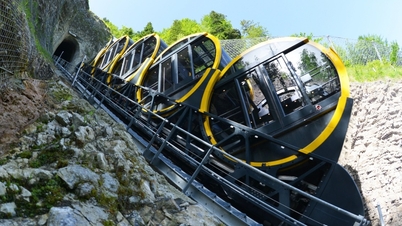




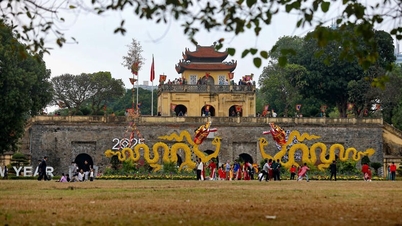

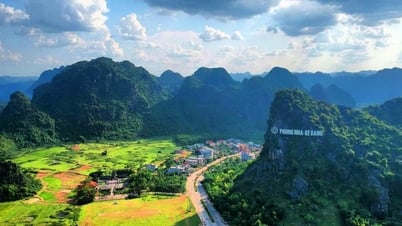
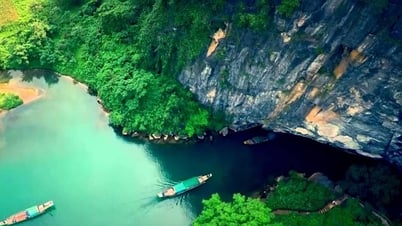
































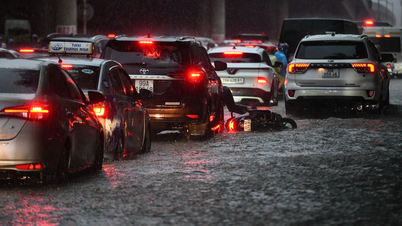


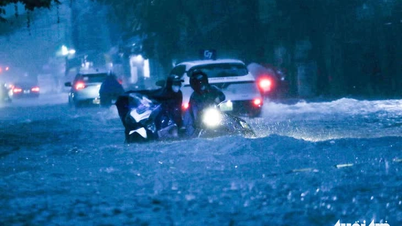











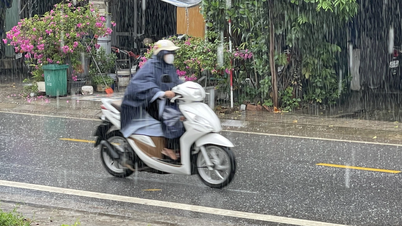

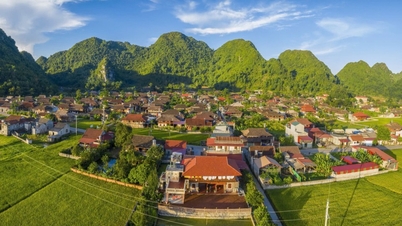



















Comment (0)